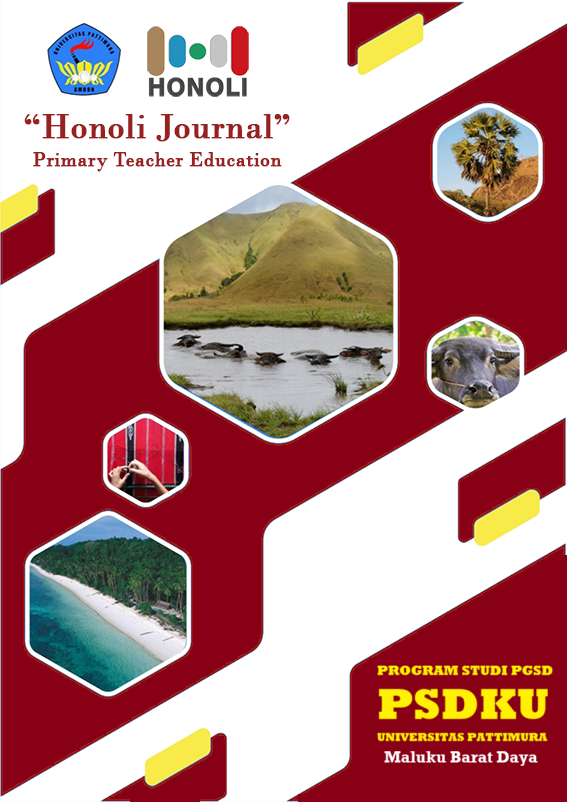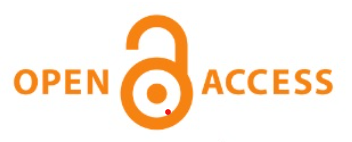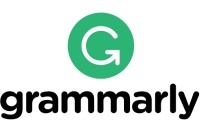The Implementation of the Make A Match Type Cooperative Learning Model in Social Science Subjects to Improve the Learning Outcomes of Fourth Grade Students at Manuwui Public Elementary School
Abstract
The purpose of this study is to determine the learning outcomes in Social Science through the implementation of the Make-A-Match type cooperative learning model in Grade IV at Manuwui Public Elementary School. The research method used is Classroom Action Research (CAR). The subjects of this study were 12 fourth-grade students of Manuwui Public Elementary School, consisting of 4 boys and 8 girls. The initial test results showed that the average classical mastery score of the students was 47.5, with only 2 students (17%) meeting the minimum mastery criteria (MMC). An improvement was observed in Cycle I, where 8 students (66.66%) achieved scores that met the MMC of 65, with an overall average score of 62.5. Student learning outcomes continued to improve in Cycle II. All 12 students (100%) met the MMC, and the overall average score in the final test of the second meeting in Cycle II increased to 77.5. This improvement was driven by the implementation of an engaging and participatory learning model, as well as improvements in teaching strategies based on reflections from the previous cycle.
Downloads
References
Aini, A. N., Sulistyaningrum, C. D., & Susantiningrum. (2024). Peningkatan Hasil Belajar Melalui Penerapan Model Belajar Direct Instruction Dengan Tutor Teman Sebaya. JIKAP (Jurnal Informasi Dan Komunikasi Administrasi Perkantoran), 8(2), 114–121. https://doi.org/10.20961/jikap.v8i2.77585
Aprido, B. S., Wahono Widodo, & I Gusti Made Sanjaya. (2020). Innovative Learning Model: Improving The Students’ Scientific Literacy Of Junior High School. IJORER : International Journal of Recent Educational Research, 1(3), 271–285. https://doi.org/10.46245/ijorer.v1i3.55
Hasni, P., & Amelia, C. (2024). The Effect of Make A Match Cooperative Learning Model on Mathematics Problem Solving Ability in Elementary School. Edunesia : Jurnal Ilmiah Pendidikan, 5(2), 1070–1083. https://doi.org/10.51276/edu.v5i2.948
Lasaiba, M. A., & Lasaiba, D. (2022). Penerapan Model Pembelajaran Cooperative Script Untuk Meningkatkan Hasil Belajar Geografi. Jurnal Basicedu, 6(6), 9827–9839. https://doi.org/10.31004/basicedu.v6i6.3705
Marmoah, S., Roslan, R., Chaeroh, M., Elita, M. D., & Fauziah, M. (2021). The Comparison of Education System in Australia and Indonesia. JPI (Jurnal Pendidikan Indonesia), 10(4), 784–796. https://doi.org/10.23887/jpi-undiksha.v10i4.33661
Maudara, N., & Kempa, T. (2025). An Effort to Improve Student Learning Outcomes in Civics through the Application of the ALTRRQ in Fifth Grade Students of Negeri Wakarleli Elementary School. Honoli of Journal Primary Teacher Education, 6(1), 34–50. https://doi.org/https://doi.org/10.30598/honoli.6.1.34-50
Ofianto, & Ningsih, T. Z. (2021). Pengaruh Model Value Clarification Technique (VCT) dalam Pembelajaran Sejarah untuk Meningkatkan Karakter Siswa SMA Negeri 1 Sungai Penuh. LITERASI (Jurnal Ilmu Pendidikan), XII(1), 58–64. https://www.ejournal.almaata.ac.id/index.php/LITERASI/article/view/1794%0
Patilima, S. (2022). Sekolah Penggerak Sebagai Upaya Peningkatan Kualitas Pendidikan. Prosiding Seminar Nasional Pendidikan Dasar, 0(0), 228–236. http://ejurnal.pps.ung.ac.id/index.php/PSNPD/article/view/1069
Rizki, M. F. F., Syakir, A. F., Arif, M. M. Al, Qomaruzzaman, A., Ummah, K. K., Sari, M. P., & Sholeh, L. (2023). Implementasi Model Pembelajaran dalam Meningkatkan Hasil Belajar. JIIP - Jurnal Ilmiah Ilmu Pendidikan, 6(8), 5963–5967.
Syahra, I., Sarkadi, S., & Ibrahim, N. (2020). The effect of CTL learning model and Learning Style On The Historical Learning Outcomes. Harmoni Sosial: Jurnal Pendidikan IPS, 7(1), 34–44. https://doi.org/10.21831/hsjpi.v7i1.29734
Tahanora, J. D., Rumtutuly, F., & Ratumanan, S. D. (2024). Penerapan Model Pembelajaran Teams Games Tournament Untuk Meningkatkan Hasil Belajar PKN Pada Siswa Kelas IV SD Negeri Tiakur. Honoli of Journal Primary Teacher Education, 5(1), 21–31. https://doi.org/https://doi.org/10.30598/honoli.3.1.26-34






